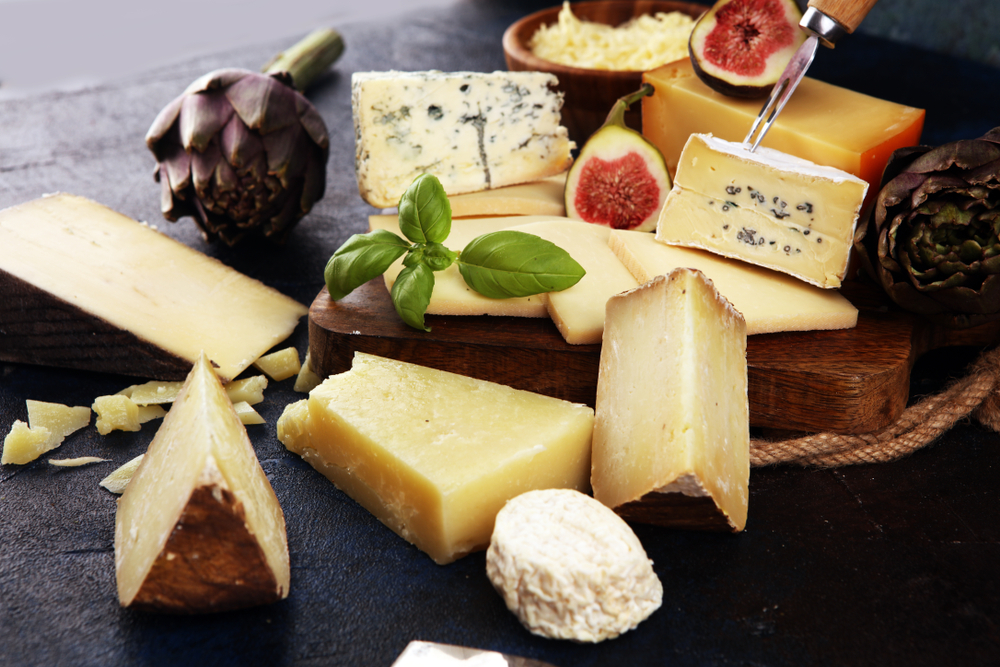

The etymological origin of "fromage" comes from the mould that was used to manufacture it. The cheese was stored in "forma" (in Latin). From the XIII century onwards, the word became "forming" and in the XV century "fromage". In English cheese comes from the word "caseus" (in Latin). In the Neolithic era cheese was made by accident.
The milk taken from domesticated animals was placed in perforated jars for storage. The skin from the animals stomachs was used as a bag to transport the milk. The rennet naturally present in the milk made it curdle and so... cheese was born !
It's in the Middle Ages that the manufacture of cheese is developed. Enzymes were used allowing the milk to curdle quicker and and for longer preservation.
It was at this time that monks developed various techniques of maturing, as well as several cheeses. You probably know cheeses like Munster, Maroilles, or Pont l'Evêque,...
So many cheeses from the Middle Ages and still present on our tables today.
Louis Pasteur developed pasteurization in the 19e century. This technique allowed to kill the germs in wine. His disciple, Emile Duclaux adapted the process for cheese. Preservation time is lengthened and the manufacture of cheese is controlled better.
Today cheese is an essential part of our tables and of French gastronomy. And you, what types of cheese do you eat?
Valérie from Comme des Français
----
Discover our articles dedicated to famous French cheeses: